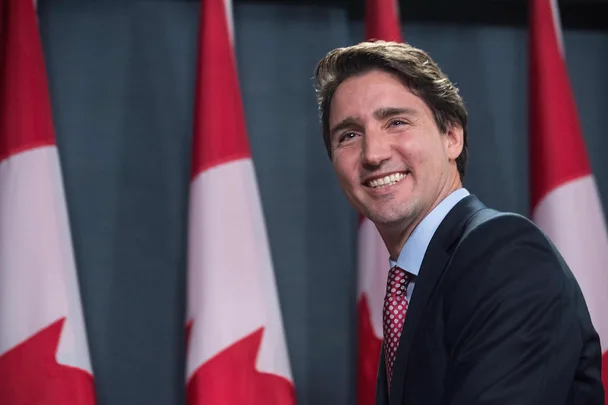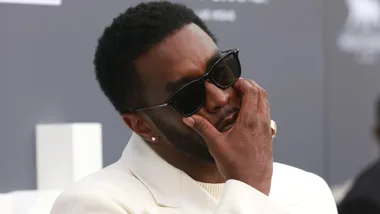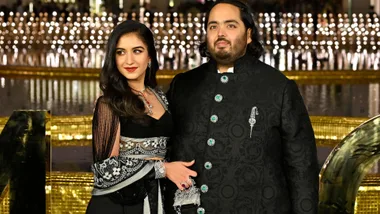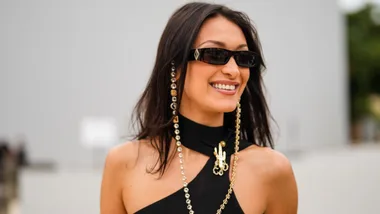Is the objectification of politicians – regardless of gender – noble? Hardly.
Should we encourage it? No.
Is there a difference between the focus on Canada’s PM Justin Trudeau’s pleasing appearance and the stars of Legs-It Theresa May and Nicola Sturgeon? Yes.
Before you dismiss me as a deeply hypocritical read on. There is barely a comparison between the two scenarios.
Throughout the history of the world male politicians have freely held their positions with little regard to their physical appearance. Female politicians haven’t been afforded this luxury.
The idea of David Cameron and Alex Salmond, the direct predecessors to May and Sturgeon, having their legs or physiques compared is so laughably unlikely it instantly became a meme.
A man could very easily go the duration of a high-profile, long career without his legs being mentioned, let alone starring in a headline and a large snap on a front page. Not so for women in politics.
Their clothes, their shoes, their hair-styles, their bottoms, their legs, their weight, their height, their make-up are all open slather: they provide routine fodder for all manner of media reports.
It is sexism plain and simple: there are different standards and expectations on men and women and in politics it is particularly pronounced because it’s visible.
Barack Obama famously reduced his wardrobe choices to three suits in his Presidency to cut down on decisions. Can you imagine if Hillary Clinton opted to rotate just three outfits throughout the election campaign, let alone an 8-year term? She would have been lambasted.
But the mindless preoccupation with a woman’s sartorial choices is nothing compared to the worst commentary women in politics face.
Like the “KFC Hillary Clinton Special: 2 Fat Thighs, 2 Small Breasts, Left Wing”, or the Julia Gillard Kentucky Fried Quail — “Small Breasts, Huge Thighs & a Big Red Box” — that was advertised on the menu at a political fundraiser.
The reality is women in politics, and beyond, are regularly and routinely objectified. Some of it is mild, some of it vile, most of it deeply unhelpful.
So while it is true that Trudeau’s physicality has been a regular reference point in media reports, it is never the main event.
Like most men, Trudeau’s worth might be boosted, in the eyes of some, by virtue of his good looks, but his looks aren’t definitive. His worth, his power, his authority are all far bigger than his appearance.
He is able to meet with other world leaders, safe in the knowledge, that the chance of his derriere, his suit or his hair being publicly compared to Donald Trump on the front page of a newspaper or the lead report in a news broadcast, is negligible. It might be mentioned online, but it won’t be front and centre.
Angela Merkel, Theresa May, Christine Lagarde, Julia Gillard, Hillary Clinton have spent every moment of their public lives knowing the opposite to be possible.
It’s not to say a male politician’s physical appearance isn’t ever raised: it is. Think John Howard’s eyebrows. Donald Trump’s hair. Justin Trudeau’s bottom. Tony Abbott in his speedos.
The difference is in the way these attributes are publicly considered: they are idiosyncrasies. Not everything. Not nothing.
The same cannot be said for women wielding power. And that’s the critical difference.
Unlike Justin Trudeau’s female peers – and the fact there are so few on the global stage is telling – he isn’t in danger of having his legitimacy or authority overlooked or undermined because of his looks.
The Legs-It Daily Mail front page showed that more explicitly than any other headline or front page in recent history.
It is a definitive reminder for women everywhere, that regardless of a significant historic event, regardless of the fact you are one of the most powerful women in the UK, at the end of the day, the way you look is still paramount. That is what is being watched. That is how you are being judged.
This doesn’t hold true for men. Not even for Trudeau.
RELATED: Why “Legs-It” Was A Victory For Women
 Getty
Getty









